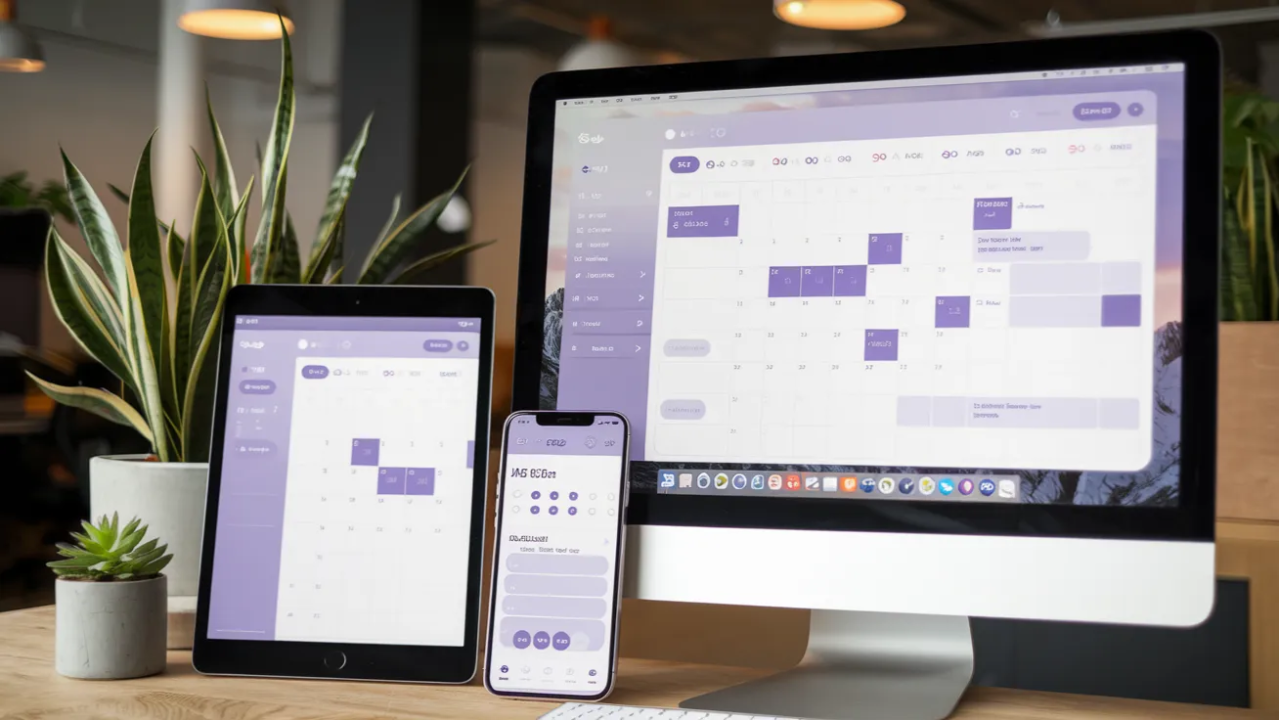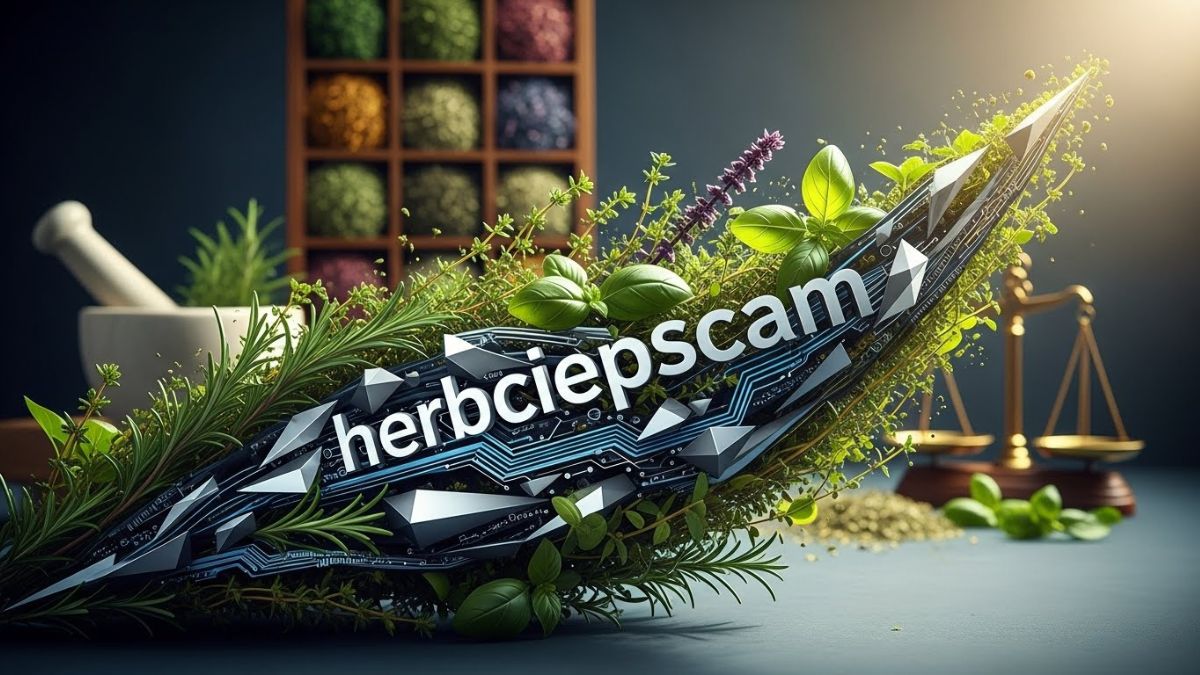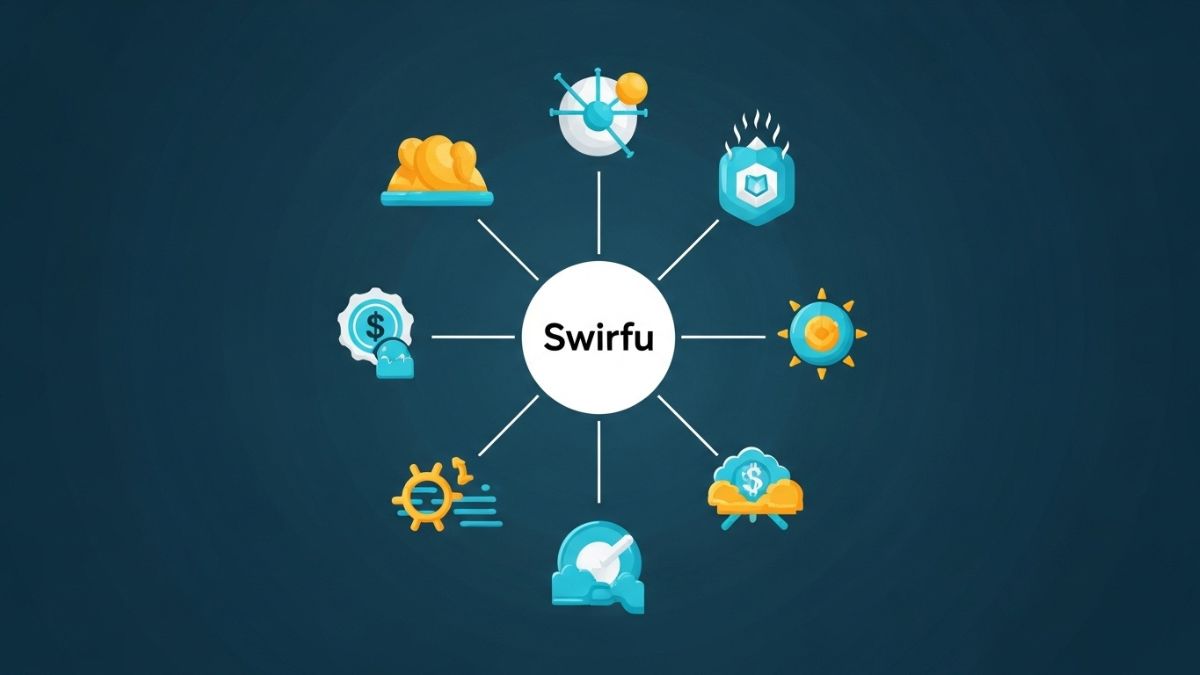Have you ever come across content that made you think, “Yep, I’m going to need this later.” Or better yet, they shoot it over to a friend with a “You got to see this!” vibe. That feeling of excitement is what makes content shareable and worth saving. It’s like finding a secret recipe you’ll want to pass on to everyone you know while also pinning it to your own bulletin board for safekeeping. Creating such content is something you’d want to create for your own audience for your own audience. Such content helps the audiences to save, share, and remember you. So how do you make content that holds such an effect? Let’s break it down step by step.
Why Shareable and Saveable Content Matters?
First, let’s talk about why this topic is so important. Online content is abundant. Everywhere we look, new articles, videos, and social media posts pop up. That means it’s easy for your material to get lost in the crowd if it doesn’t stand out. Shareable and saveable content gives you a competitive edge by positioning your work as something worth returning to. Your audience is more likely to pass it along if it’s engaging, relevant, and well-presented. And if they save it or bookmark it, there’s a better chance they’ll revisit it and deepen their connection with your brand.
For businesses, shareable content can mean reaching more potential customers, growing brand awareness, and boosting loyalty. For creators, it can lead to increased readership, new partnerships, or even viral success. In a digital environment where attention is the most valuable currency, creating something that people want to share and save means you’re capturing that attention in a lasting way. It’s an opportunity to move beyond a one-time view or click and transform passive consumers into active supporters.
Craft an Attention-Grabbing Hook

Imagine scrolling through a lengthy social media feed. What makes a user pause and tap on something instead of continuing to scroll? The answer often lies in a catchy headline or opening that promises value, curiosity, or entertainment. Your introduction is your chance to hook someone’s interest. If you don’t nail this part, they might skip your post entirely. Make sure your headline or first line grabs readers right away.
Try these approaches to capture attention:
- Pose a Question: A question sparks curiosity. For example: “Ever wondered why some recipes go viral on TikTok while others don’t?”
- Share a Surprising Fact: People love trivia. If you can present a unique statistic or unexpected piece of information, they’ll likely want to learn more.
- Use a Personal Anecdote: Give a quick peek into your own life or experience. This fosters relatability and makes your content feel more human.
Offer Clear and Practical Value
Once you grab someone’s attention, your next goal is to deliver on the promise. Content that’s saved or shared typically offers practical insights or solves a problem. Think about questions your readers have asked you, challenges you’ve encountered, or hot topics in your niche. Present tips, step-by-step tutorials, or personal stories with lessons that people can act on. If your audience is especially focused on social media growth, share strategies that help them attract the best Instagram followers who consistently engage with their posts and appreciate genuine content.
Being generous with your knowledge fosters trust, and that trust leads to stronger audience loyalty. If you’re providing something your followers can use in their daily lives, they won’t just read once and forget. They’ll keep coming back to your information and might even share it with a friend who’s dealing with a similar issue. It’s a loop of positivity that builds your reputation as a go-to source of advice or inspiration.
Make It Visually Appealing

Visual elements can make or break how your content is perceived. A block of text without headings or images can feel like a chore to read. On the other hand, a post or article broken up with subheadings, bullet points, images, or infographics keeps the reader hooked. If the content looks easy to consume, it encourages people to keep going. Plus, it gives them a logical structure to reference if they decide to come back later.
Incorporate Storytelling Elements
Everyone loves a good story. Storytelling has been a fundamental part of human communication for ages. When you sprinkle narrative elements into your content, you create a sense of familiarity and engagement. Sharing personal experiences, giving real-world examples, or narrating a journey can help your piece resonate on a deeper emotional level. This emotional pull makes your material more memorable and share-worthy.
Try weaving a mini-story through your content. It could be how you learned a crucial lesson, how a small business overcame challenges, or how a well-known brand turned a failing campaign into a success. These storytelling elements make your content feel alive and authentic.
Encourage Interaction
Invite your audience to share their thoughts in the comments or to respond with their own stories. Readers often enjoy interacting with content creators and the community that forms around them. When people engage in comments or discussions, they tend to feel more invested. And when they feel invested, they’re more likely to share and save. You can also create polls, quizzes, or giveaways that prompt active participation. When readers actively contribute, they have a personal stake in your content.
Optimize for Different Platforms

Not all platforms function the same way. A tweet has different constraints than a blog post. A LinkedIn article might need a more professional tone than an Instagram caption. Tailor your content to fit each platform’s strengths and community norms. This approach helps you connect better with the audience that’s already there. For example, if you’re posting on Pinterest, you’ll need visually strong, vertical images with text overlays. If you’re writing a blog, you’ll have more space for detailed guides or tutorials.
Optimizing also includes paying attention to the best posting times for each platform. Study analytics to see when your audience is most active. Plan your content releases to match those times, increasing the odds of engagement.
Add a Call to Action
A call to action (CTA) prompts readers to do something specific. This might be signing up for your newsletter, saving your post, or sharing it with friends. Without a clear CTA, people might enjoy your work but then move on to the next thing without taking any further steps. Being direct in what you’d like your readers to do can significantly improve the amount of sharing and saving.
Conclusion
In an online world filled with countless voices, shareable and saveable content helps you gain recognition and traction like nothing else. Pay attention to the platform you’re using, keep track of what works and what doesn’t, and always remain true to your authentic style.
Now that you have an understanding of what it takes, go ahead and give these tips a try. Brainstorm topics your audience has been curious about, find creative ways to present them, and keep the conversation going. With a bit of consistency, creativity, and genuine connection, you’ll soon be building a repository of content that people can’t help but share and save.











